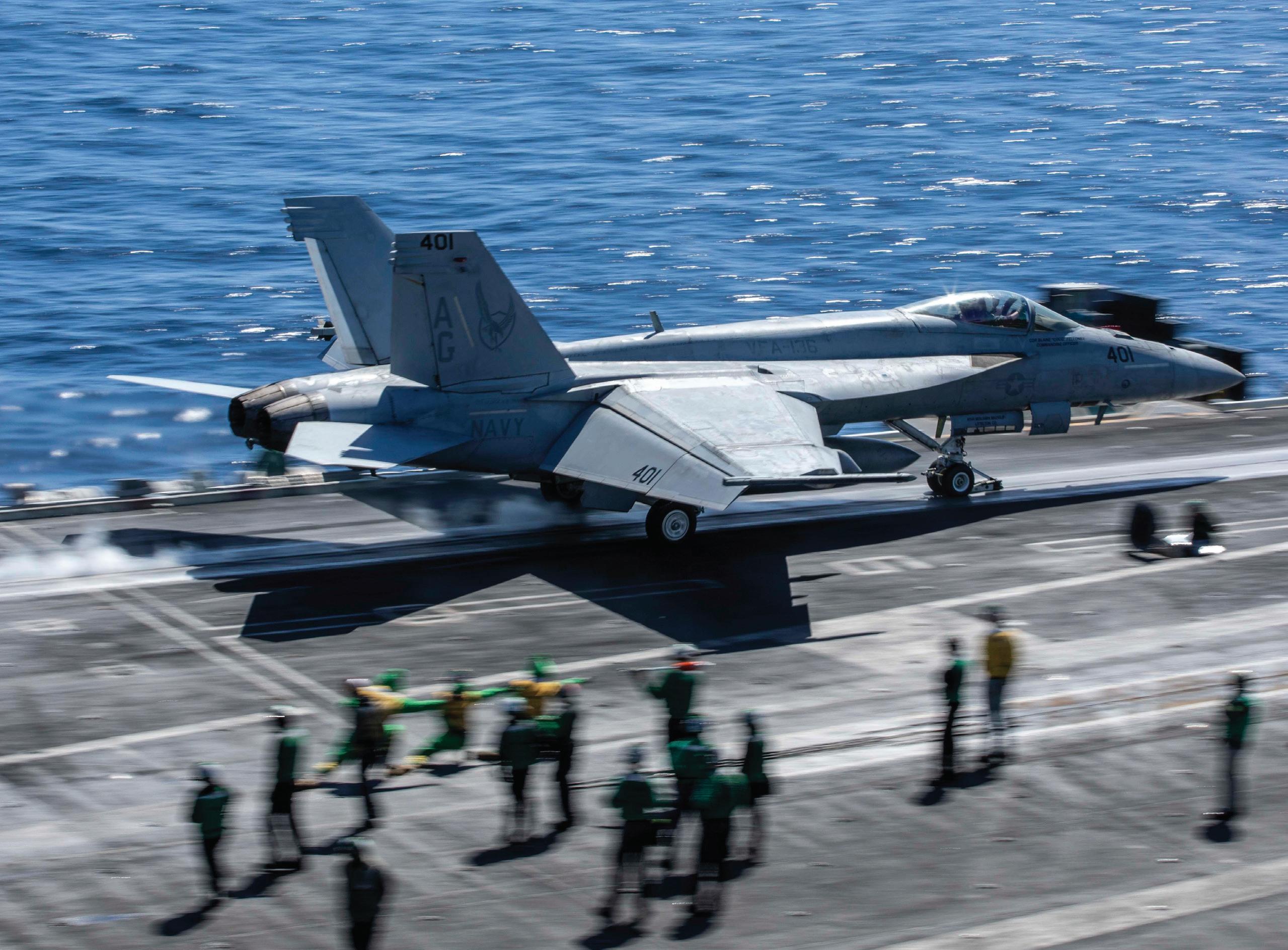
2 minute read
Expect the Unexpected
Being a new guy at the squadron, I was still fresh to the standards and procedures of an operational squadron. My eyes and ears were open to anything and everything I could learn. With myself and our two newest aircrewmen in the cabin, our crew was young, but very eager.
Procedures Standardization (NATOPS) brief was incredibly thorough. Apart from our helicopter aircraft commander (HAC), our crew was junior but excited for the training ahead.
Our preflight was standard and methodical, with no outlying discrepancies and a full pressurized damper system. Startup and takeoff proceeded with no issues. As we trekked to our first checkpoint, the flight felt normal in regard to aircraft vibrations. The route was uneventful, with bank angles not exceeding 30 degrees. Upon reaching the final checkpoint, we headed south to our OLF. The HAC elected to take the first landing, executing a standard approach to a hover on the western end of the runway.
Our assignment was a low-level, landing zone training flight. We dove into the brief, outlining the points of a very standard local route with a commonly used outlying landing field (OLF) for the landing zone training. Our Naval Air and Training Operating
Within one second of a smooth touchdown, we began to experience unusual lateral vibrations. The lateral motion progressed to the point where our helmets were nearly impacting the doors of the cockpit. As he held the collective down, my HAC yelled from the right seat, “PCLs, PCLs, PCLs!” I reached up; however, due to our nighttime environment and night vision device equipment, searching with my eyes was next to impossible. The battering motion of the aircraft made it exceedingly difficult to take hold of the PCLs, or pitch control levers. My first few attempts resulted in the handles slipping out of my hands due to the aggressive rocking of the frame. After another few seconds I finally caught both levers. I immediately pulled them off, and the aircraft began to settle. The HAC smoothly and expeditiously applied the rotor brake. The total time, from touchdown to rotor head stop, was roughly 30 seconds.

After the dust settled, we checked to see that everyone in the aircraft was alright. Upon further inspection, we discovered a broken hydraulic line on a single blade. The line had frayed at the connection to the rotor head. Hydraulic fluid gradually drained from the damper system as we flew our route, rendering the damper system useless. Pure aggressive jumping of the frame shifted aircraft position to a 45-degree heading change and 30-foot lateral shift down the runway.

Congratulations to the 2022 Grampaw Pettibone award winners. Organizations and individual winners of this award contribute the most toward aviation safety awareness through publications and media resources.


I took a number of different elements from this experience. Nothing can substitute for a good preflight. Catching issues early is the No. 1 way to ensure mission success and crew safety. More than anything, expect the unexpected. Unusual vibes on deck was the last emergency I was prepared for. I’m grateful that we were able to handle the situation before it got out of hand, and I’m happy to be able to take this experience forward and teach others what can happen at any time.
Hutchinson (left) conducts a local area inspection in Bahrain. Hutchinson contributed multiple articles this year to Approach and MECH Magazines. These articles highlighted common safety concerns and lessons learned for pilots, aircrew and maintainers. Additionally he wrote several articles in support of the Commander, Naval Air Forces Aviation Safety Campaign. His contributions amplify a culture where self-aware, self-critical and self-improving organizations focus on people and processes to eliminate mishaps.











